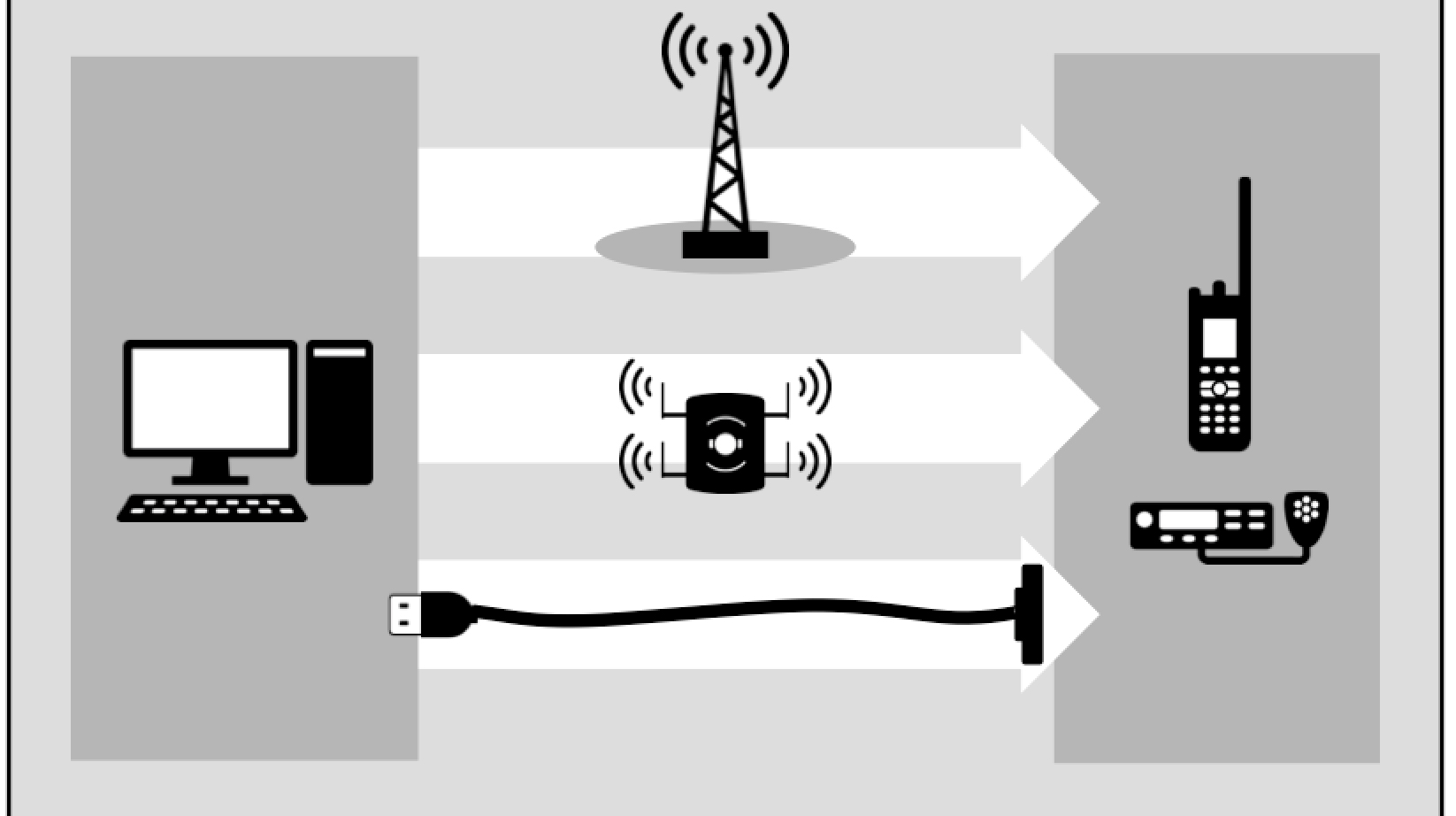The data in many public safety systems can be somewhat of a mystery. A conglomerate of addresses and location information that can somehow validate based on just a few key items entered onto the keyboard. Many think that this data just exists – a massive database that just keeps growing with the world’s addresses and expanding as an infinite, automated spreadsheet.
As amazing as that would be, healthy data doesn’t grow on its own, just like a garden doesn’t grow a healthy variety of veggies without a caring and knowledgeable gardener. Data growth is a manual and time-consuming process. Planning, quality checks, data entry, more quality checks, more entries, change requests, more planning… The process goes on and on. And this beautiful data garden needs someone to do all of these tasks. This hard-working data gardener is what is commonly referred to as a GIS Administrator.
Who’s that GIS Administrator?
A GIS Administrator is a person or group of people that create and maintain the data infrastructure, growth and integrity of a GIS database. The GIS database can extend to a city, county or state area. The larger the area, the more complex the data and the harder it is to maintain its integrity. Data that feeds into the GIS database can come from either many GIS Administrators working together or a single person who does it all.
These GIS Administrators work to develop the data that supports address validation, response determination, point-to-point directional routing and the visual map in your public safety software. This data plays a vital role in the first few seconds of a call to ensure that typing just a few characters can quickly tie all of the information back to this incredibly robust database that incorporates not only a location but all of the associated data that is necessary to tie to that address as well.
This is no easy task. Each location needs to be plotted as a precise point or vector line with an accurate location. GIS Administrators develop extensive knowledge through years of schooling to ensure accurate development can be applied to the data that they work with. I can say with confidence that there is a huge weight of ownership and pride when you are the owner of any type of GIS dataset.
Now that you know who this master of GIS data is, the next big question is: Why should you care? All this information is great to know, but where do we go from here?
But what you really should be asking yourself is, “Now that I know what a GIS Administrator is, how can I use this knowledge to better my public safety solution?” Join me for my next segment where we’ll discuss how communication is a vital key to success in ensuring that your expertise and knowledge can feed into making this incredibly powerful GIS database better serve your public safety solution.
Discover more resources and information on how to unlock the power of your public safety data.
Stay spatial, my friend.




